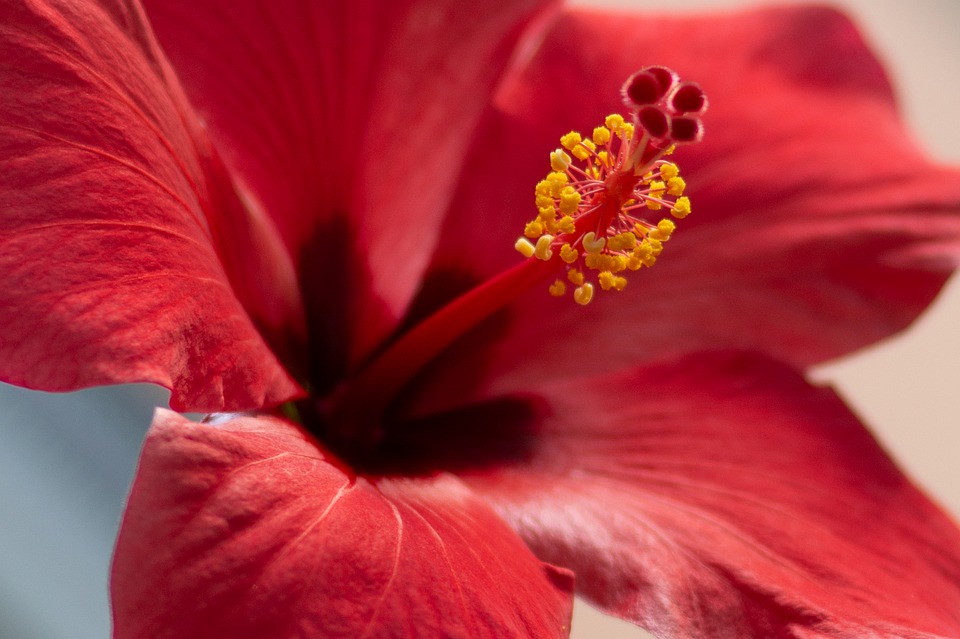Also known as a vertical garden, the green wall is easily integrated into the interior or exterior decoration of a building. Individuals and companies are increasingly interested in this technique of wall decoration to combine aesthetics and well-being. The green wall can be realized with natural or artificial plants. Want to know more? Read the article!
Where To Install a Green Wall?
Facade, bathroom, living room, bedroom, cellar, attic, hall, staircase… any place can be decorated with a vertical garden. Contrary to popular belief, it is not dangerous to have plants installed in the bedroom. During the day, they emit oxygen thanks to photosynthesis. And at night, they breathe normally by releasing carbon dioxide at an almost nominal rate. It would be an exaggeration to say that a green wall can disturb your sleep. On the contrary, it contributes fully to the air purification in the room because of the depolluting virtues of plants.
In a dark room, it is advisable to use a source of lighting that can provide sufficient light for the development of plants. For some plants like ivy, the absence of natural light is favorable. They must then be placed in dimly lit rooms such as basements or vaulted cellars.
Nevertheless, the installation of a vertical garden should be avoided in the following places:
- a place exposed to direct sunlight, which may burn the plants ;
- a veranda or a winter garden where the negative temperature is unbearable for the plants;
- a place close to a heat source (fireplace, gas stove, etc.) that is dangerous;
- a high-traffic corridor. Most climbing plants take up a lot of space. Too much traffic can damage them quickly.
If the room to be decorated is a store, it is recommended to place the plant wall near the entrance, the window or on the façade. This will attract the attention of passers-by. In a restaurant, the vertical wall will decorate the corners close to the tables, attracting more customers (back room, basement…).
Why Opt For a Green Wall?
In addition to the remarkable aesthetic aspect offered by the vertical garden, it has other advantages that should be considered. A green wall acts as a sound insulator. It allows reducing the surrounding noises and the echoes inside a room. The vegetated facade absorbs 41% of the noise. If you want to save energy, the vertical garden is your ally. Indeed, it is an effective thermal insulator. In winter, the heat present inside the building is preserved, which allows you to reduce the use of heating. During the hot season, a green façade minimizes the impact of solar radiation on the house.
Buildings with green walls are protected from humidity and pollution. Plants and substrates absorb rainwater, which reduces the amount of water discharged into the sewer system. As a result, the water table remains stable, and the risk of flooding is minimal. In addition, the fine dust in the air is filtered by the plants.
Installed indoors, the green wall contributes to the purification of the air thanks to the various depolluting plants that compose it.

Among the most popular creeping and climbing plants are:
- Aglaonema: effectively absorbs toxic organic compounds in the air such as formaldehyde or VOCs like benzene;
- Chlorophytum or “spider plant”: surprisingly eliminates carbon monoxide (in only 24 hours!). This plant also fights against toluenes and formaldehydes.
- Syngonium podophyllum: indispensable in an art studio. Indeed, it filters xylene, a toxic component contained in varnishes, glues, and paints.
- The sword leaf fig tree: ideal in a newly renovated kitchen. It helps fight against the harmful components present in particleboard furniture: formaldehyde and trichloroethylene.
- Spathiphyllum: the queen of pollution control. This plant rids the air of ammonia, benzene, formaldehyde, xylene, and trichloroethylene.





